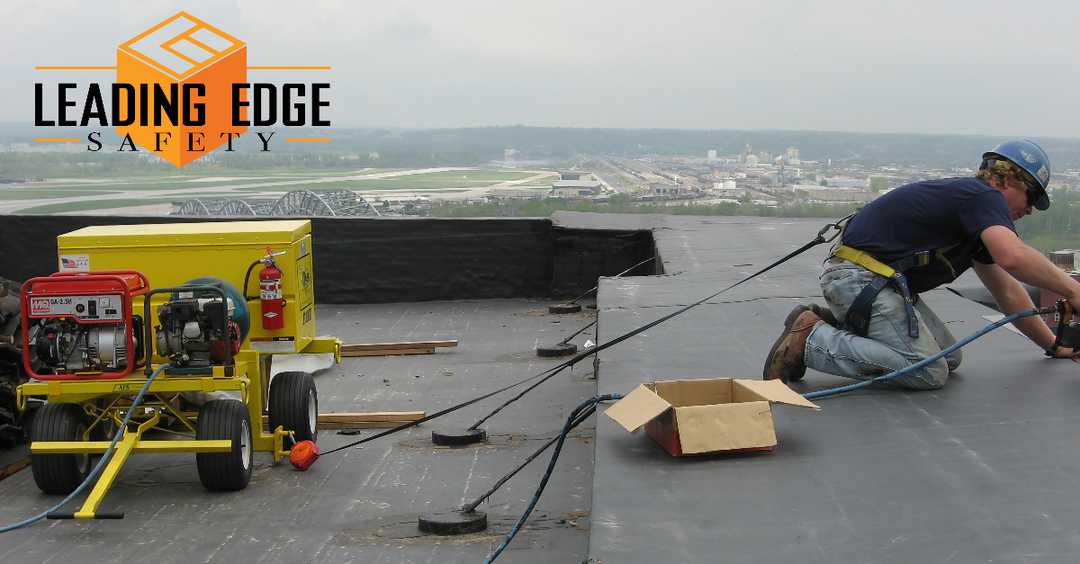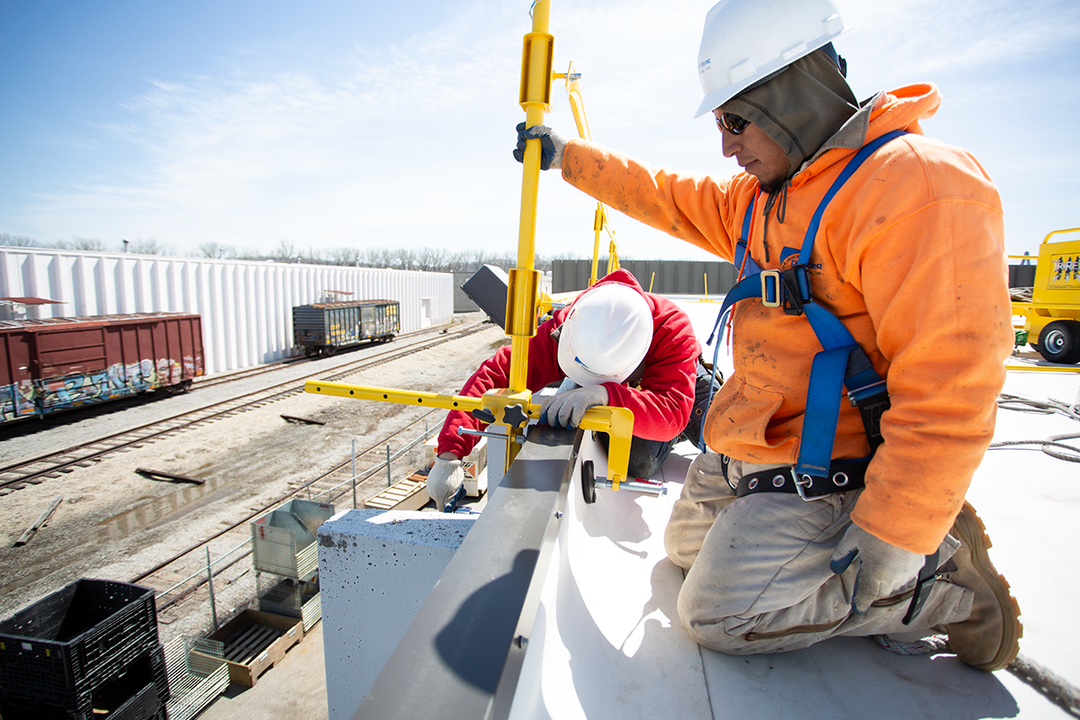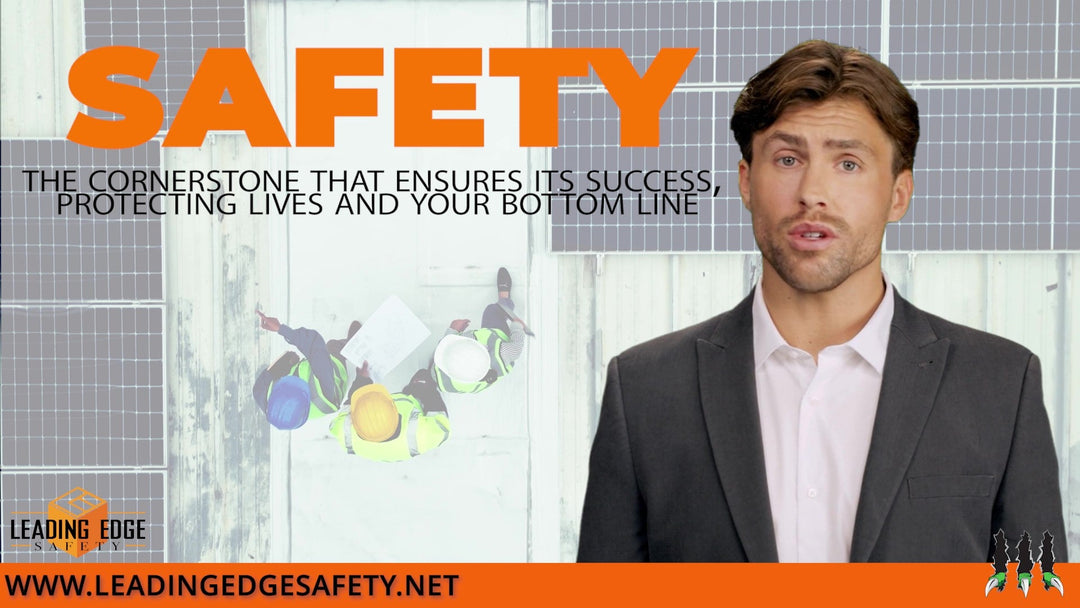Hurricane Michael Roof Repair Safety and the Storm Restoration Process
Hurricane Michael Blasts the Florida coast
With hurricane Michael blasting the Florida panhandle, it's important to take the proper steps to keep yourself safe. Once the storm is passed and you've assessed the damage, the article below, originally from the Timberline Roofing and Contracting blog, outlines your next steps as you look to repair your roof. Make sure to use a qualified contractor with dedicated safety rails on the job site. Our All-In-One Guardrail is an excellent, versatile choice for contractors.
Navigating the Roof Repair Process
Recovering from a particularly damaging calamity can be an arduous and daunting task. There’s a lot to worry about and it can all get overwhelming. The good news is, you can always count on storm restoration. As the name suggests, storm damage restoration aims to bring back the state of your house to its pre-damaged condition. Although it is a service that you hopefully won’t ever need, it is a valuable service to keep in mind.

To help you navigate this often-tricky process, here are the answers to FAQs regarding storm restoration.
What to Do in the Aftermath
In the aftermath of any calamity, try to remain calm and level-headed. Double-check any hazards within the premises that pose a threat to you and others. Evacuate if needed. If the situation permits, you may take photos of the initial damage that can serve as additional evidence to help you in filing for your insurance claim. Move carpets or wooden furniture away from affected areas especially if flooding is involved.
Who to Contact
Contact your insurance company first, then a contractor if you have one that you trust. However, general contractors might not be capable of handling cases and repairs that involve insurance policies, so it’s best to get a professional storm damage contractor.
About the Process
After having been contacted, the insurance company will send a representative called an ‘adjuster’ who will go onsite to inspect your home for the claims that can be filed. Ideally, a trained representative from the storm restoration contractor should also be present at the time of the inspection. While adjusters are qualified to do surveillance, their qualifications fall short compared to the expertise of restoration professionals who are specially trained to spot and assess damages specifically caused by severe weather.
What to Expect Next
Once the insurance company has approved your claim and the checks have been mailed to you, talk to your contractor about the storm damage repairs that need to be done. At this point, the colors and styles of products for the restoration project are also discussed. You don’t necessarily have to stick with the original materials of your home. As long as it’s covered by the insurance, it shouldn’t be a problem.
When the restoration is done, you can still consult with your contractor regarding repairs that may have been missed. If everything checks out, you will receive a final invoice that you will pay off with the check received from the insurance company.
The post Navigating the Storm Restoration Process appeared first on Timberline Roofing and Contracting.







